
早安英文安卓版

- 文件大小:62.08MB
- 界面语言:简体中文
- 文件类型:Android
- 授权方式:5G系统之家
- 软件类型:装机软件
- 发布时间:2024-11-09
- 运行环境:5G系统之家
- 下载次数:148
- 软件等级:
- 安全检测: 360安全卫士 360杀毒 电脑管家
系统简介
Introduction to Console

The console, often referred to as the command line interface (CLI), is a fundamental component of many operating systems and programming environments. It provides users with a text-based interface to interact with their computer systems, execute commands, and manage files and applications. This article delves into the basics of the console, its uses, and its significance in both personal and professional computing.
Understanding the Console
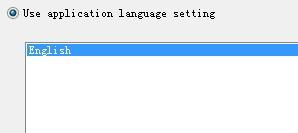
At its core, the console is a terminal or command prompt where users can type commands to perform various tasks. Unlike graphical user interfaces (GUIs), which rely on visual elements like icons and windows, the console operates solely through text input and output. This simplicity makes it a powerful tool for advanced users and system administrators who require precise control over their systems.
Console in Different Operating Systems
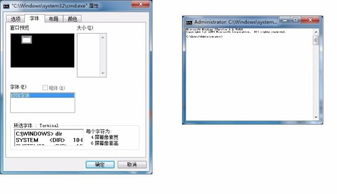
The console is available in various forms across different operating systems. In Windows, it is known as Command Prompt or PowerShell. On macOS, it is referred to as Terminal, while Linux distributions typically offer a variety of terminal emulators like GNOME Terminal, Konsole, and xterm. Each of these environments provides a console where users can execute commands and manage their systems.
Common Console Commands
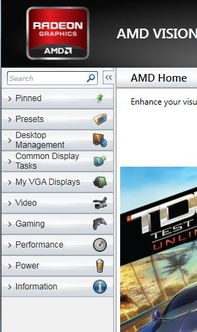
Console commands are the building blocks of console usage. Some of the most common commands include:
- ls (Linux/macOS) or dir (Windows): Lists files and directories in the current directory.
- cd: Changes the current directory.
- cp: Copies files and directories.
- mv: Moves files and directories.
- rm: Removes files and directories.
- mkdir: Creates a new directory.
- rmdir: Removes a directory.
These are just a few examples of the many commands available in the console. Each command has its own set of options and arguments that allow users to customize their actions.
Console in Programming and Development

The console is an essential tool for developers and programmers. It allows them to compile, run, and debug their code directly from the command line. Many programming languages and frameworks provide console-based tools for building and managing projects. For instance, Java developers often use the javac command to compile Java source files and the java command to run Java applications.
Console for System Administration
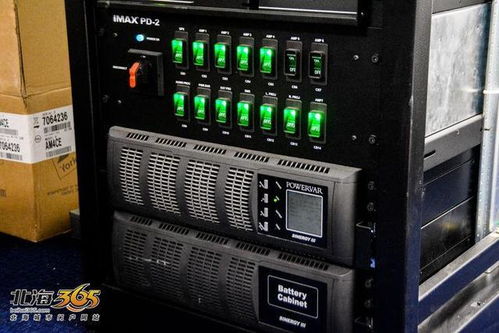
System administrators rely on the console to manage and maintain their computer systems. They use console commands to install software, configure network settings, and troubleshoot issues. The console provides a level of control and efficiency that is often unmatched by GUI tools.
Console for Everyday Use

While the console is primarily used by advanced users and professionals, it can also be a valuable tool for everyday tasks. Users can use the console to automate repetitive tasks, manage files more efficiently, and gain a deeper understanding of their computer systems.
Console Security and Privacy
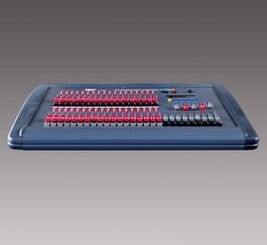
Using the console requires a certain level of caution, especially when executing commands that can modify system settings or delete files. Users should be aware of the potential security risks and ensure they have the necessary permissions to perform actions. Additionally, the console can be used to monitor and log system activity, which can be important for privacy and security purposes.
Conclusion

The console is a versatile and powerful tool that has been an integral part of computing for decades. Whether you are a developer, system administrator, or just an everyday user looking to enhance your computing experience, the console offers a wealth of functionality and control. By understanding the basics of console usage and familiarizing yourself with common commands, you can unlock the full potential of this text-based interface.
常见问题
- 2025-07-08 前进的手机
- 2025-07-08 小米游戏中心
- 2025-07-08 webtoon漫画台版官方网站下载
- 2025-07-08 爽剧之王小游戏破解版
装机软件下载排行

其他人正在下载
- 藏家圈藏品平台
- 树术数藏
- 寓小二安卓版
- 二狗单身青年自救平台
- whatsapp官方最新版下载
- imtoken最新版v2.13.5下载
- Letstalk官网版中文下载
- whatsapp官方app
- skype手机官网版下载
- OpenSea钱包最新版






